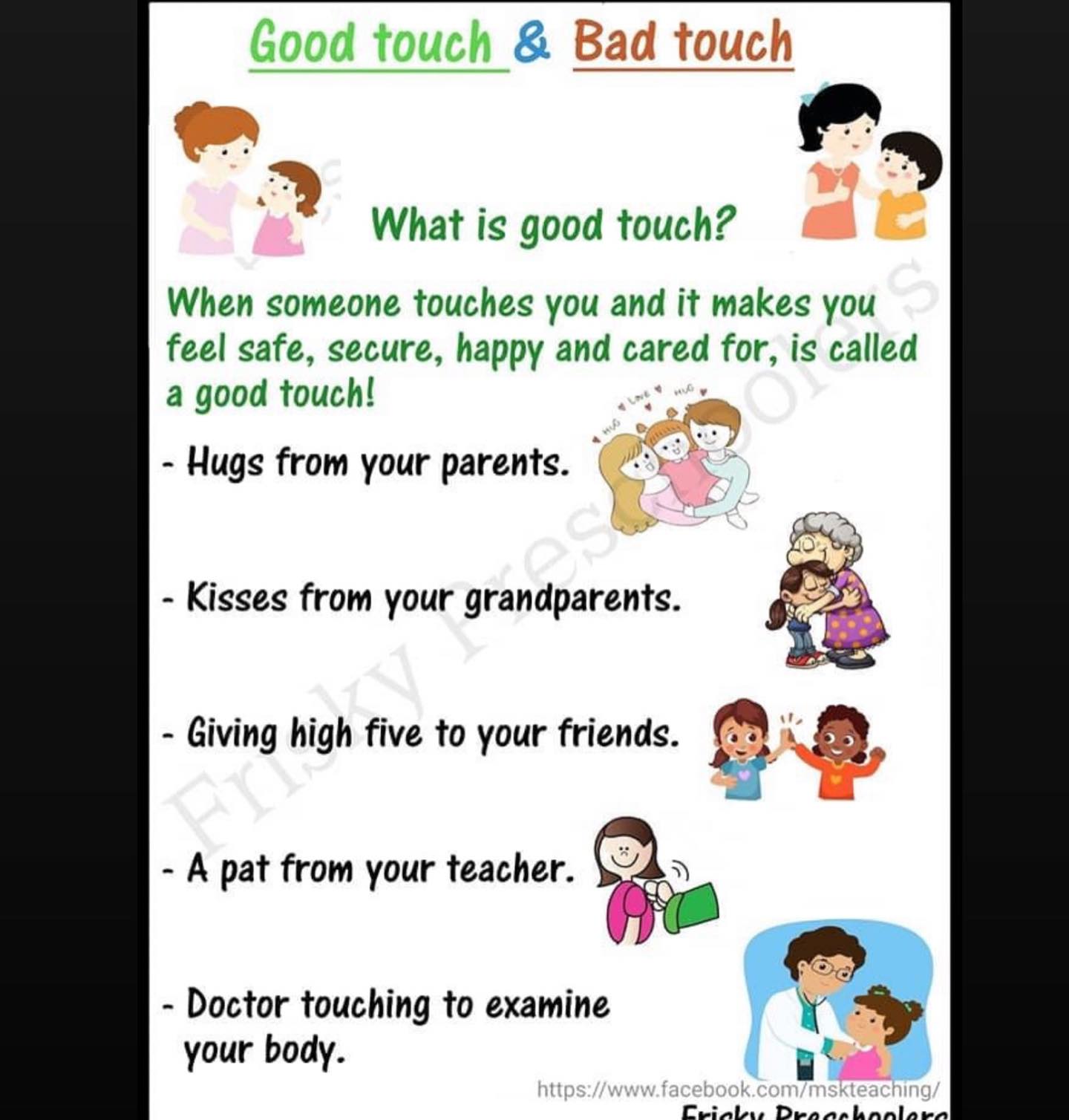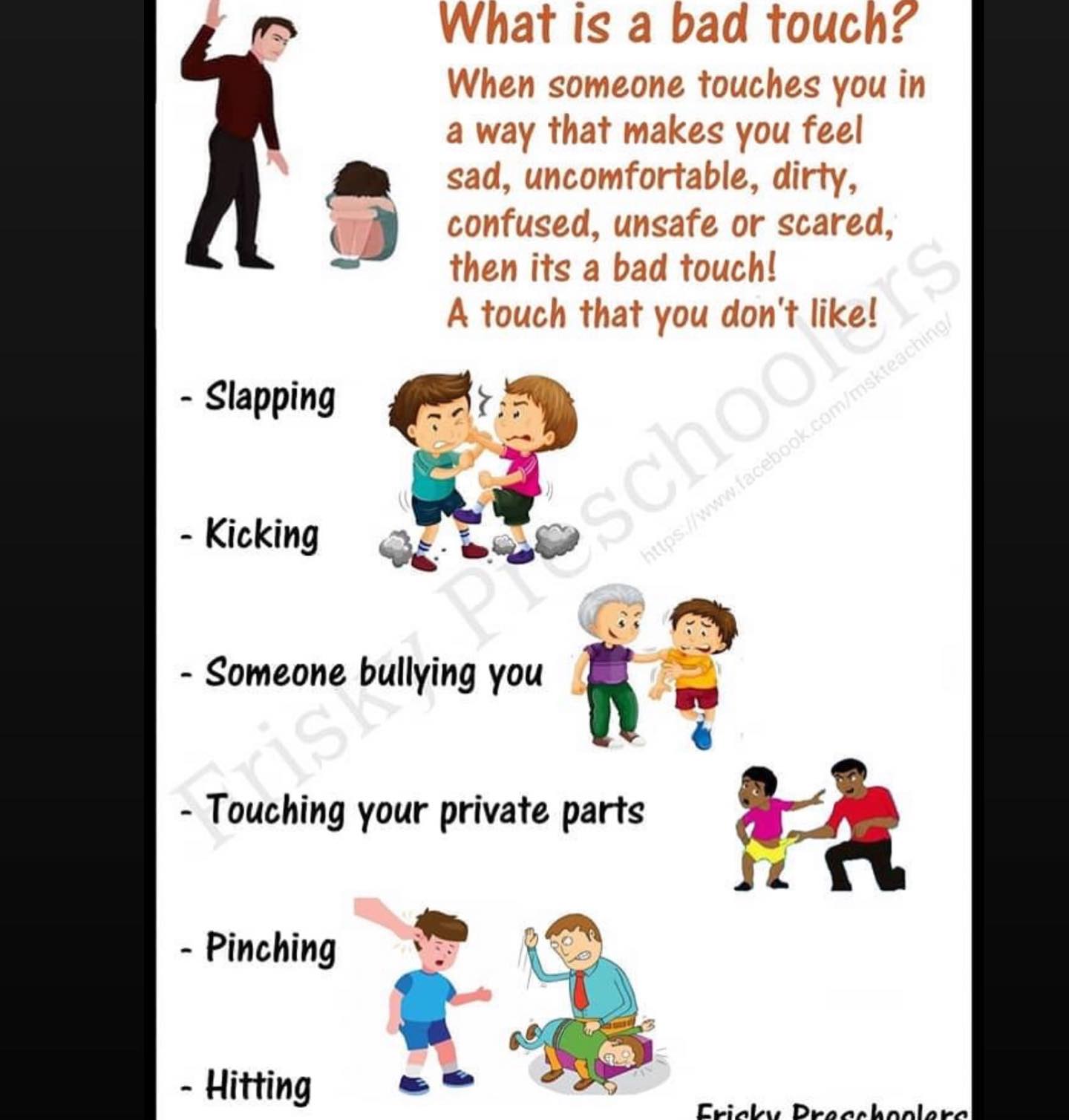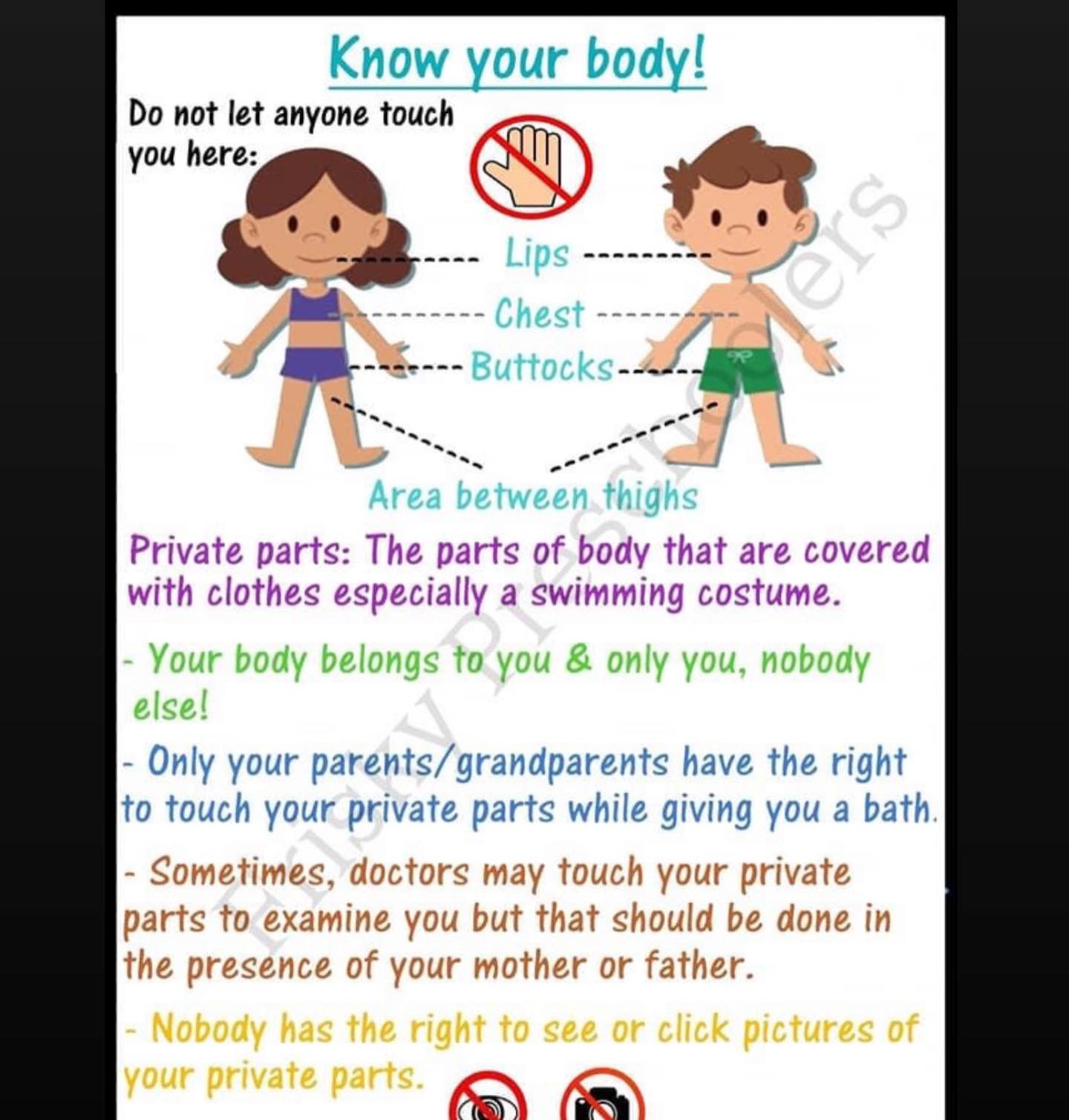




Did You Know ?
@didyouknow
2 years ago
Teaching kids about this sensitive topic is an ongoing process. Building a foundation of trust, communication, and understanding from a young age will empower your child to navigate the world with confidence and awareness.
Use Everyday Moments: Sometimes, the best teaching moments come from everyday situations. For instance, during bath time, you can explain that it's okay for parents to help with washing, but no one else should touch those private areas.
Empower Their Voice: Teach your child that their body is their own, and they have the right to say "no" to any touch that makes them uncomfortable. Encourage them to communicate their feelings.
Safe Adults: Help your child identify safe adults they can trust and talk to if something feels wrong. Typically, these include parents, grandparents, teachers, and close family friends. Let them know they can approach these individuals if they have concerns.
Online Safety: As children grow, they also need to understand the concept of online safety. Teach them not to share personal information or pictures with anyone online and to immediately report any inappropriate messages or requests.
Respect Others: In addition to teaching about personal boundaries, emphasize the importance of respecting other people's boundaries as well. Explain that just as they shouldn't touch someone else's private areas without permission, no one should touch theirs without permission.
Monitoring Devices: For older children who have access to devices, consider using parental control software to monitor their online activity. Discuss the rules and reasons for these controls so they understand the importance of online safety.
Be Supportive: If your child ever discloses an uncomfortable experience, remain calm and supportive. Believe them and take appropriate action to address the situation, even if it involves someone you know.
Stay Informed: Keep yourself informed about the signs of child abuse or grooming behavior. Awareness can help you recognize potential red flags and protect your child from harm.
School Programs: Inquire about school programs or workshops that address child safety. Many schools offer resources and education on this topic to reinforce what you're teaching at home.
Stay Updated: As your child grows and matures, their understanding of good touch and bad touch will evolve. Stay updated on age-appropriate ways to discuss more complex issues, such as consent and peer pressure.
Photosource; Freesky Preschoolers
